
Author Mads Timmermann
Mads has 15+ years of experience as a skin expert and has written/read this article.
🔥 New Updated 2025 Guide: 🔥
👉 Get the Clean Skin Guide now
Tired of acne and breakouts that never go away? 🤔
Learn how to fight your acne effectively and quickly.
🌟 390,067 others have already received the guide.
Acne is a common skin condition affecting millions of people worldwide. It occurs when hair follicles become clogged with oil and dead skin cells, leading to the formation of pimples, blackheads, or whiteheads. While acne is often associated with adolescence, it can affect individuals of all ages and can persist into adulthood for some. There are various treatments available to help manage acne, and one such option is the use of spironolactone.
Spironolactone is a medication initially developed to treat high blood pressure, heart failure, and other cardiovascular issues. However, it has also gained popularity in the management of acne, particularly for adult women. The drug is an anti-androgen, which means it helps reduce the effects of male hormones that are often responsible for excess oil production and acne formation. By decreasing the levels of these hormones, spironolactone can effectively reduce acne breakouts and improve skin clarity.
Key Takeaways
- Acne affects millions of people and has various treatment options.
- Spironolactone is an anti-androgen medication that can help reduce acne.
- Other treatments and preventative measures should be considered alongside spironolactone for optimal results.
Understanding Acne
Acne is a common skin condition that affects millions of people worldwide. It occurs when hair follicles become clogged with oil and dead skin cells, leading to the formation of various types of acne lesions. In this section, we'll discuss the different types of acne and their characteristics to help you better understand this skin condition.
Types of Acne
There are several types of acne lesions, which can be broadly classified into two categories: non-inflammatory and inflammatory acne.
-
Non-inflammatory acne:
- Whiteheads: These are small, round bumps that form under the skin due to clogged pores. Also known as closed comedones, whiteheads are typically not painful or red.
- Blackheads: These are open comedones, formed when a clogged pore is exposed to air, causing the oil and dead skin cells to oxidize and turn black.
-
Inflammatory acne:
- Papules: These are small, red, and inflamed bumps caused by a localized infection of the hair follicle. They can be tender to the touch.
- Pustules: Pustules are similar to papules but are filled with pus. They are typically red, inflamed, and can be painful.
- Nodules: Nodular acne is characterized by large, hard, and painful lumps that form under the skin. These lesions can persist for weeks or even months if left untreated.
- Cysts: Cystic acne is the most severe form, involving deep, inflamed, and pus-filled lesions that often lead to scarring.
Spironolactone is a medication that has been found to be effective in treating some cases of acne, particularly those related to hormonal fluctuations. According to a study published in the Journal of Dermatology, Therapy and HIV, oral spironolactone can be beneficial for treating acne vulgaris in adult females. Additionally, another study highlighted the various dermatological uses of spironolactone, including its potential benefits for treating acne and other androgen-mediated conditions.
It's essential to consult with a dermatologist to determine the most suitable treatment for your acne, as individual cases may vary. By understanding the different types of acne and working with a healthcare professional, you can find the most effective solution for your skin concerns.
Spironolactone Overview
Spironolactone is a medication that's primarily used to treat high blood pressure and heart failure. However, it has also been found to be effective in treating acne, particularly in adult females. In this section, we will discuss how spironolactone works and its impact on hormonal balance.
Spironolactone and Hormonal Balance
When it comes to acne, spironolactone's effectiveness is mainly attributed to its impact on hormonal balance. This medication is classified as an aldosterone antagonist, which means it blocks the effects of the hormone aldosterone. As a result, it helps the body maintain the right balance of electrolytes, such as sodium and potassium, and water.
Moreover, spironolactone also has anti-androgenic properties, meaning it can reduce the effects of androgens, like testosterone. Excess androgens are known to cause increased sebum production and inflammation, both of which can contribute to acne development. By reducing androgen levels, spironolactone can help alleviate acne in those who experience hormonal imbalances.
- Effect on aldosterone: Spironolactone blocks the effects of the hormone aldosterone, which helps maintain the balance of electrolytes and water in the body.
- Anti-androgenic properties: Spironolactone reduces the effects of androgens, like testosterone, which can contribute to acne development.
According to a hybrid systematic review, there are still gaps in the evidence on how best to utilize oral spironolactone in managing acne. However, studies have shown that spironolactone can be an effective treatment for adult female acne when used appropriately. It is important to note that spironolactone should be prescribed and monitored by a healthcare professional, as it does have some potential side effects and may not be suitable for everyone.
In summary, spironolactone's ability to regulate hormonal balance is the primary reason it can be an effective treatment for acne. By addressing both aldosterone and androgen levels, this medication helps alleviate acne in individuals with hormonal imbalances.
Spironolactone for Acne Treatment
How Spironolactone Works on Acne
Spironolactone is primarily an aldosterone antagonist and functions as a potassium-sparing diuretic, meaning it helps the body retain potassium while flushing out excess water and sodium. In the context of treating acne, it helps by reducing the production of sebum due to its antiandrogenic properties. Sebum is an oily substance that the body naturally produces to keep the skin moisturized, but excessive sebum production can lead to clogged pores and acne breakouts.
A study on the use of spironolactone in the treatment of acne in adolescent females found that it is effective in reducing the severity of acne. According to the retrospective review, it was performed in the Mayo Clinic in Rochester, Minnesota, between 2007 and 2017. Another systematic review focused on treating acne vulgaris in adult females confirmed the positive effect of oral spironolactone monotherapy on acne.
Potential Risks and Side Effects
While spironolactone shows promising results in treating acne, it is essential to be aware of the potential risks and side effects. Users may experience some common side effects, such as:
- Dizziness
- Headache
- Fatigue
- Increased thirst and urination
- Breast tenderness
More severe side effects, although rare, include:
- Electrolyte imbalance
- Kidney problems
- Liver problems
- High potassium levels (hyperkalemia)
It is worth noting that spironolactone is not recommended for pregnant or breastfeeding women, or individuals with existing kidney or liver problems.
In conclusion, spironolactone has shown efficacy in treating acne. However, potential risks and side effects should be taken into account and discussed with a healthcare professional before starting the treatment.
Other Treatments and Preventative Measures
In addition to spironolactone, there are several other treatments available for acne management. We recommend that you do a skin test before trying any skincare routines. In this section, we will compare spironolactone with other treatments and discuss some preventative measures that can be taken to reduce the chances of developing acne.
Comparison with Other Treatments
Topical medications: These are usually the first line of treatment for mild to moderate acne. Some common topical medications include benzoyl peroxide, salicylic acid, and retinoids. Benzoyl peroxide and salicylic acid work by reducing inflammation and unclogging pores, while retinoids help to normalize skin cell turnover which prevents pore clogging. As an oral medication, spironolactone might be preferred when topical treatments are not effective or cause skin irritation.
Oral antibiotics: Oral antibiotics, such as doxycycline and minocycline, are sometimes prescribed to help reduce bacteria and inflammation that contribute to acne. They might be combined with topical treatments for a more comprehensive acne management strategy. Compared to spironolactone, which mainly targets hormonal factors, oral antibiotics address a different aspect of acne development.
Isotretinoin: Isotretinoin is a powerful oral medication reserved for severe acne that has not responded to other treatments. It works by shrinking oil glands, normalizing skin cell turnover, and reducing inflammation. Although highly effective, isotretinoin can have potential serious side effects. Spironolactone is generally considered a safer option, particularly for women with hormonal acne (source).
| Treatment | Target | Pros | Cons |
| Topical medications | Inflammation, clogged pores | Suitable for mild to moderate acne | May cause skin irritation |
| Oral antibiotics | Bacteria, inflammation | Effective for bacterial-related acne | Not for hormonal acne |
| Spironolactone | Hormonal imbalances | Effective for hormonal acne | Side effects in some individuals |
| Isotretinoin | Severe acne | Powerful and effective | Potential serious side effects |
In our efforts to prevent acne, we recommend the following:
- Regularly cleanse the skin with a gentle, non-abrasive cleanser.
- Regularly exfoliate to remove dead skin cells and unclog pores, but do not over-exfoliate as this can cause irritation.
- Stay hydrated! Drinking water helps to maintain skin health.
- Avoid touching your face frequently as this can transfer bacteria and cause breakouts.
- Use oil-free, non-comedogenic cosmetics that won't clog your pores.
Remember, it's essential to find the treatment that works best for your specific needs. Consult with a dermatologist to determine the most suitable treatment plan for your acne.
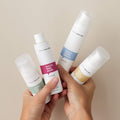
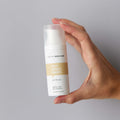
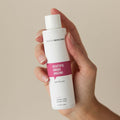
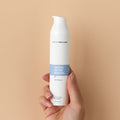
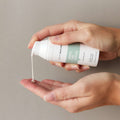
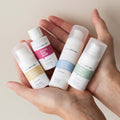
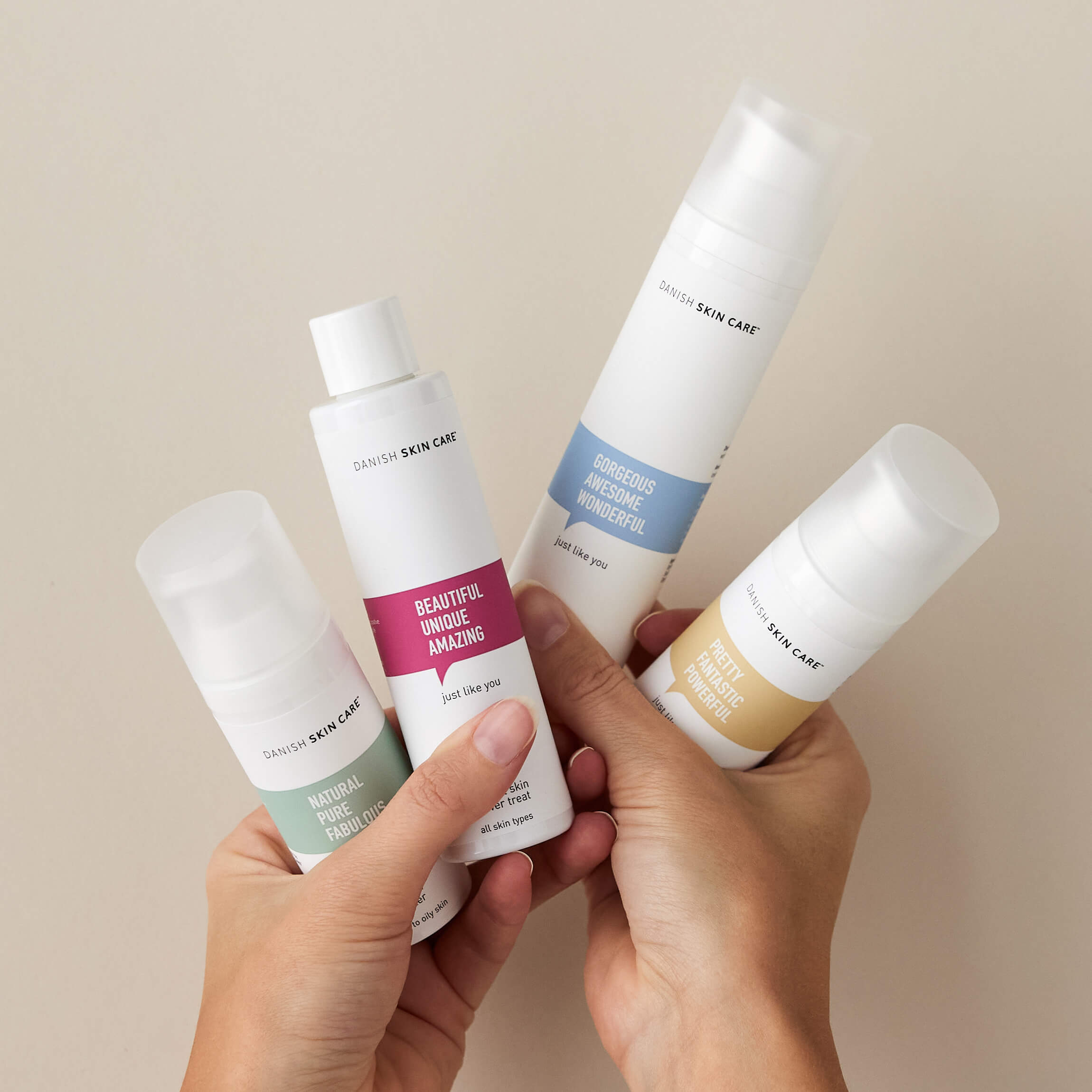
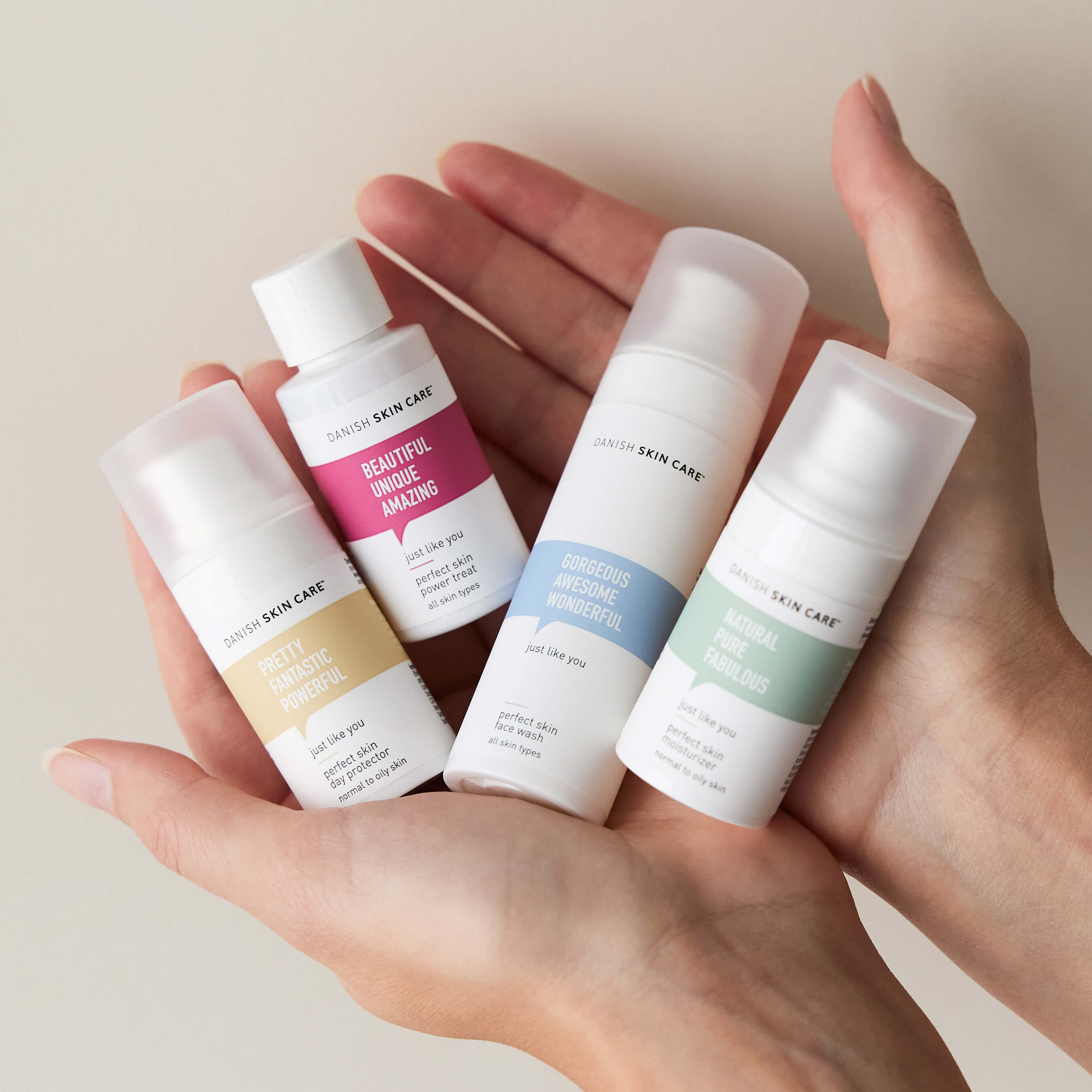
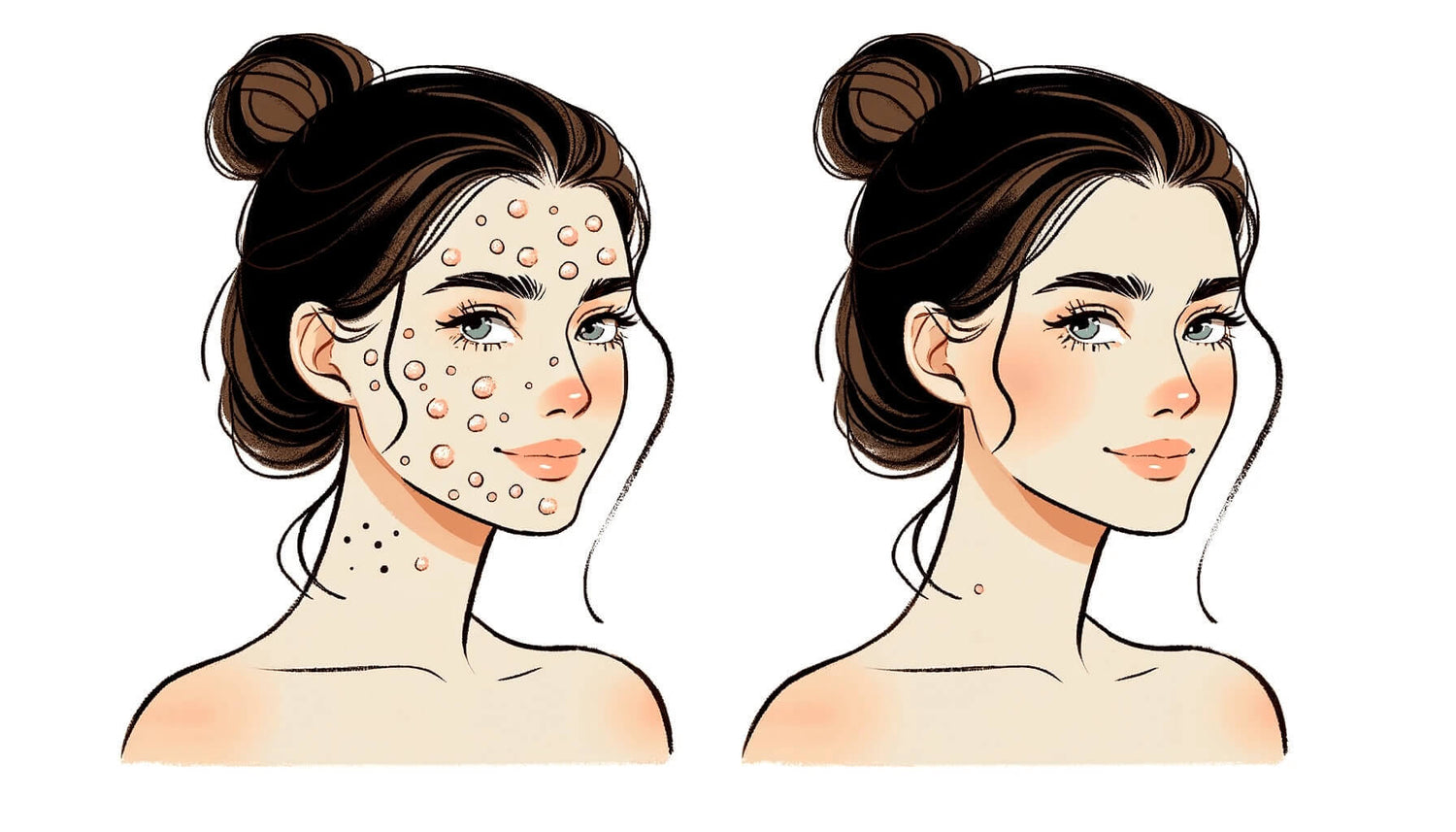
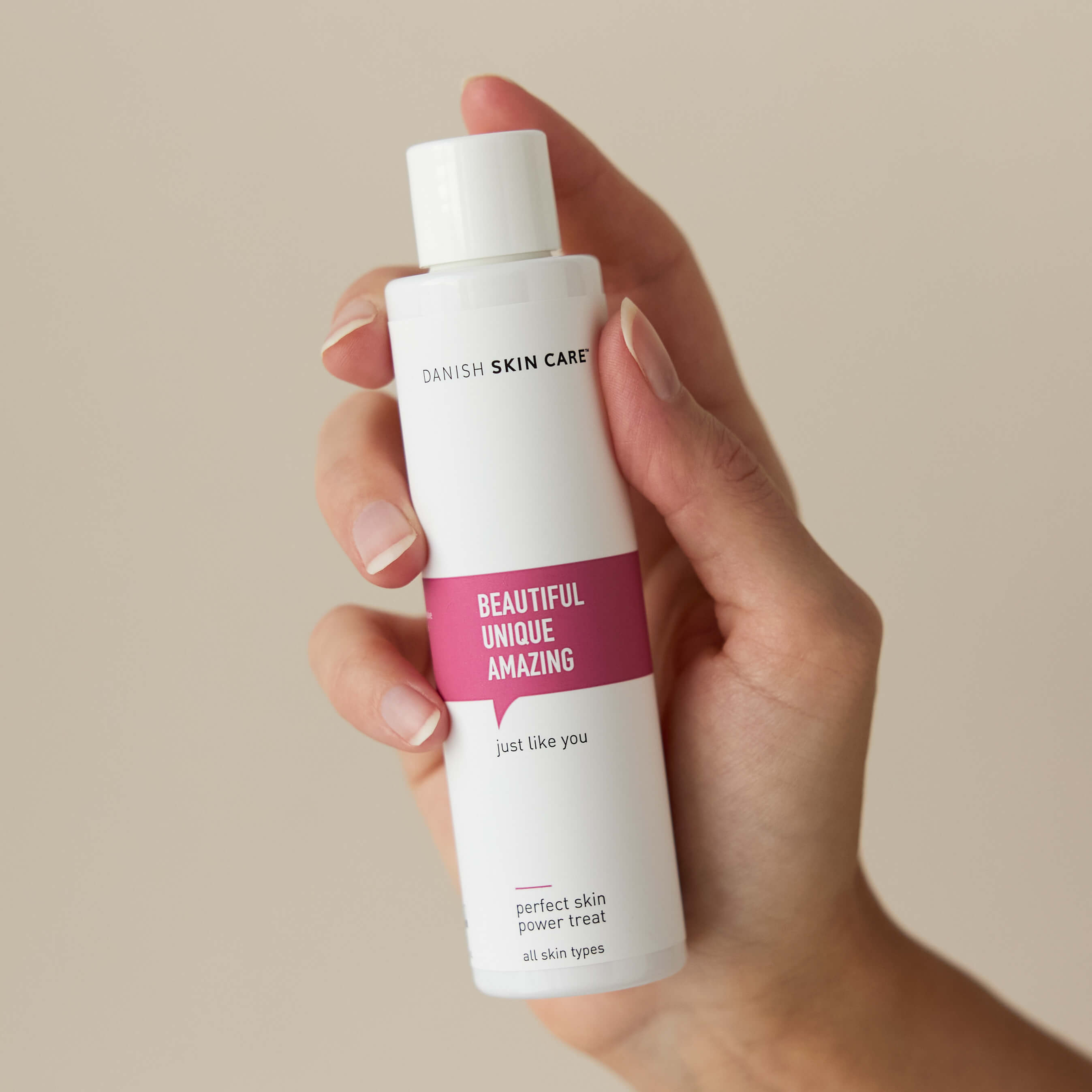

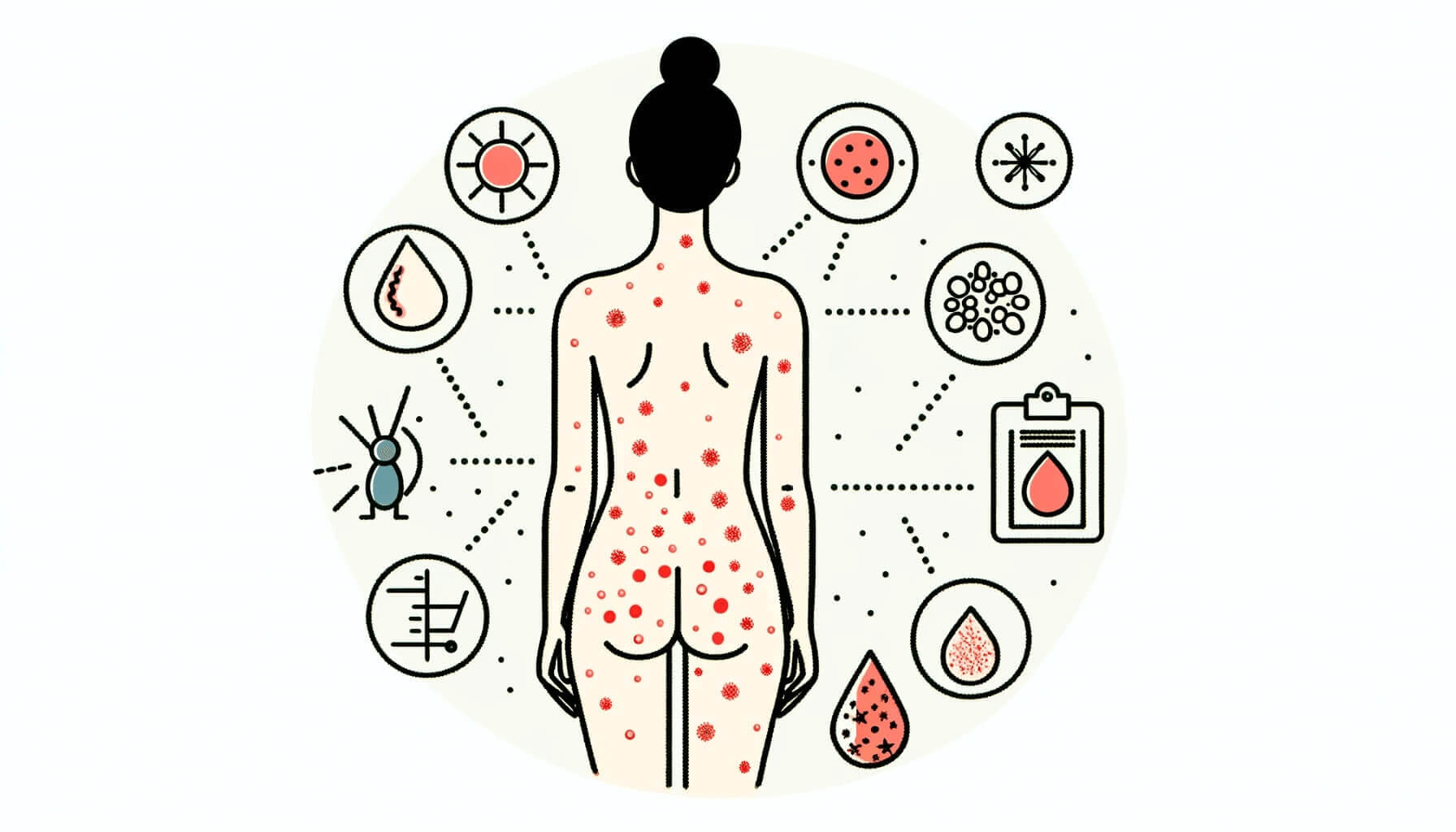
Leave a comment